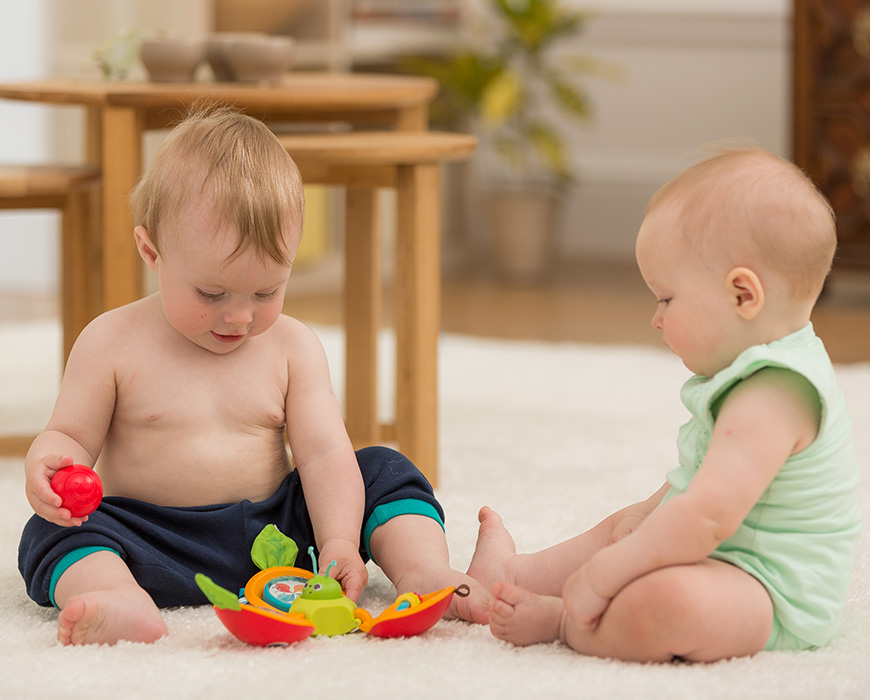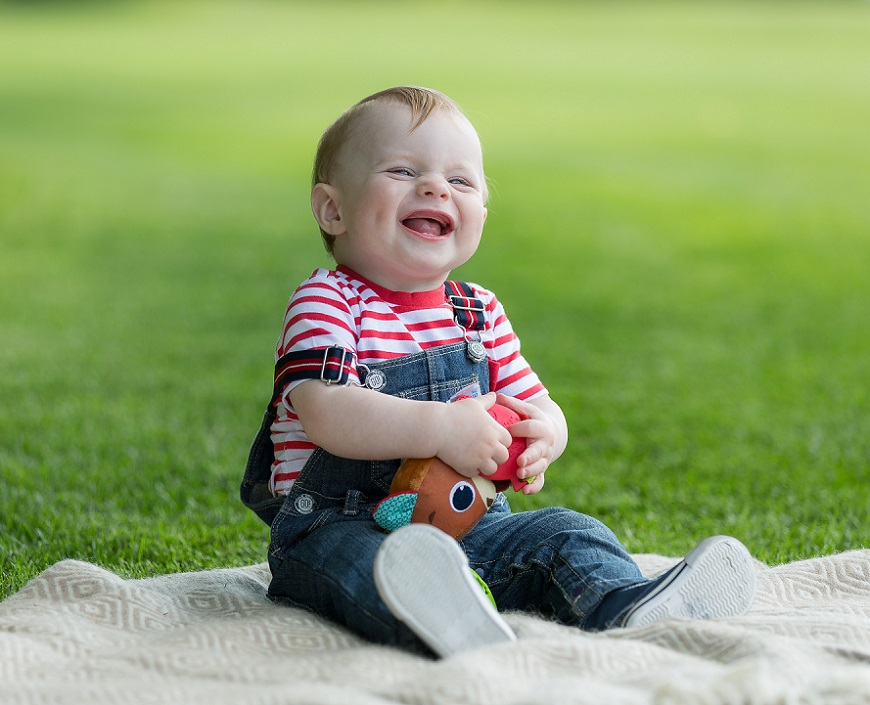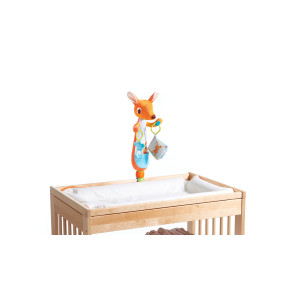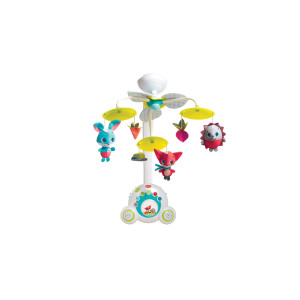The Difference between Sitting and Sitting up
Babies’ ability to sit up on their own is the best indication that their spine is strong enough to hold their bodies. Sitting enables your baby a new perspective of her environment. It also frees both of her hands, so they are available for exploring and investigating. Most babies can sit up on their own at nine to ten months, although some can do it as early as eight months, while others – not before twelve months of age.
Click to learn more about the fascinating topic of baby's gross motor skills development during the first twelve months.
Sitting vs. Sitting Up
There’s a difference between sitting and sitting up: sitting refers to babies’ ability to sit without support when placed in the sitting position. At around five to six months of age (the range being between four and seven months), if you prop your baby in a sitting position, she will remain sitting. At this stage, she doesn’t yet have the ability to change into another position. Sitting up refers to the baby’s ability to change from a lying position to a sitting position and vice versa.
























 English - International
English - International French - France
French - France Spanish
Spanish German
German Portuguese
Portuguese English - USA
English - USA English - UK
English - UK Russian
Russian Italian
Italian Japanese - Japan
Japanese - Japan Polish - Poland
Polish - Poland





